I come to you with a horror story in hopes that it can save at least one of you some pain in the future. This post is about dealing with a contractors building your pond. The experience was a pain in the rear for us all throughout the 4 week build that was supposed to be one week. Hopefully you can use my pain to lessen yours.
As I learned when I had the job quoted, most landscapers have only done a handful of ponds and at least in Arizona very few specializes in them. Because of this, if they dont water garden themselves, they really only learn how to build them, not how they behave once built. If I hadn't listened to advice on this forum I would HATE my pond and regret the investment. However, after much arm twisting the job was done right and I love my pond. Hopefully I can save someone else some pain.
I knew precisely, and I do mean precisely what I wanted before I had the pond quoted. After doing my research and studying the area I had available I maximized the amount of planting space, fish space and filtration that my budget could afford. I knew where I wanted the waterfall, how big the bog filter needed to be and even how I wanted the waves from the falls to deflect so as not to disturb my lilly area. This is important because if I didn't I guarantee you I would have a pond I hate.
To my contractor it didnt seem to matter if the bottom drain was in one place or the other, or if the skimmer was in the opposite corner. To him it was all about how easy it was to build or even what he thought looked better. Aesthetically maybe the end result it would look identical from outside the pond, but the way the pond filters and performs would be utterly destroyed.
The Project:
If you want to get a sense of the project here is a description otherwise skip below to the lessons I learned. The pond I had built is mostly above ground. The total size is 9x14 with an average depth of 24". In the top corner a raised section about 5x7 is a basin that will be a bog filter. The wall that holds it back is made of chest sized boulders that create a waterfall down in to the fish pond. Within the fish pond there is a skimmer line, a bottom drain line and both are pulled by an external pump and in to a Nitramax bead filter and then returned to the bog up top. 2 sides of the pond form a bench/wall which has stacked stone on the sides and flagstone on top. When I had the pond quoted I was specific about the dimensions, depths and locations of all the plumbing.
Lesson One : What Do you Want?!
What do you want from your pond? That question is KEY. Ask yourself if you want more fish or more plants? Do you mind maintenance or is it part of the fun of gardening? What's your budget? All of these questions define if you should even own a pond, but also the layout as well. Once you know what you want in it, you can research the best way to to build it.
Lesson Two: Become an Expert!
Depending on the answers it will take you down different paths of research. You might research Koi vs Goldfish, or submersible vs external pumps. I could double this post with all the different ways to build a pond. But the point here is to just say that if you don't know how the components in your pond do their jobs, you will not know when your contractor is pointing your towards a good solution for your pond, or a good solution for him to save time.
My best example of this happened when he quoted me my price, and at that point I still trusted him to be the "expert". I asked when they were done with the concrete bottom layer that they poured over a EPDM liner if they needed to treat the concrete to be water tight and safe for the fish. He responded by saying "Nah we don't need to do anything. It won't leak and we use special concrete with plastic thats safe for fish". After my own research though I learned that he was right about leaking but not about fish safety. If left untreated the lime in concrete will leach out in to the water and harden the PH, which with Arizona's naturally rock hard water is doom to fish and tough on plants. The concrete needed to be treated with a sealant or acid wash or my PH would be constantly be affected until all the lime had leached out and been dissapated through water changes. After confronting him about this he tried to tell me it would cost me extra. However when I pointed out that I brought it up during the quote and it was his bad info and not mine, he decided not to nickel and dime me.
Lesson Three: Make Detailed Plans!
I had detailed drawings showing the overhead, side an plumbing setup for my pond. I even had a scale model I built with modeling clay....and these guys still couldn't follow directions. The reason being is that they constantly tried to do what was easier for them to build and not what would work best for my pond. What saved my pond from doom was that at each stage I could point to my drawings and model and say "This is what you quoted me. This is what I want". He would counter with "Oh well we generally do XYZ and people are always happy" or "Ya but this will look the same".
Lesson Four: Keep Track of Their Work and Schedule!
Luckily I work from home so I caught most of their mistakes before they made them. For example I wanted a flat boulder to be just at water level so the top could be a an area where a turtle could sun itself or birds could land and drink. Just before they set it with cement I popped outside and eyeballed it. It was three inches below where the water line would end up.
By knowing what they would be doing next, I would know what I needed to go over....and in some case over and over before they figured out exactly what I wanted.
Lesson Five: Bail Out if Things Go Nasty
We got real close, but chose to stay with our guy to the end. However a very subtle suggestion on our part that we were considering changing contractors half way through made them suddenly stop trying to convince us that their way was best. Until you have made that last payment, nothing is final. If your vision is being killed by incompetence or stubborness then cut them loose and get someone else in. The trick though is doing it right about when they have done just enough work to equal what you have already paid or even less work.
If you do think you owe them more than the initial fee, then get more contractors out to bid on the work thats left to be done. Be sure they consider any supplies your old contractor has already purchased in their bid. Using their quotes to value the remaining work it will be tough for the original contractor to argue about how much work he has done already. After all, if he says he has done 80% of the job and the other folks give you a bid that's 60% of his original price, the math is going to call him a liar and you don't have to.
Lesson Six: DON'T PAY THEM UNTIL YOU ARE 100% SATISFIED
Most take 25-50% up front and you pay the rest when they are done. Whatever you do, do not give them a penny until you have filled the pond, checked for leaks and given it a couple of days testing. The last thing you want is to pay them in full and find out the bottom drain leaks 10 gallons a day. Also be sure that the little things are done, like clearing all the debris/trash they created as well as little touch ups like a stone or two to improve the way the water flows over the waterfall.
Once you pay them in full, it will take an act of God to get a bad contractor out and some severe pissiness to even get a good one to come back. A real pro won't leave you with any issues to begin with.
I hope this helps a couple people avoid the drama we went through!
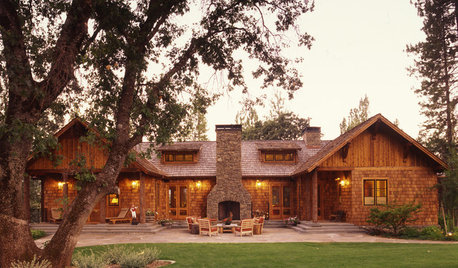

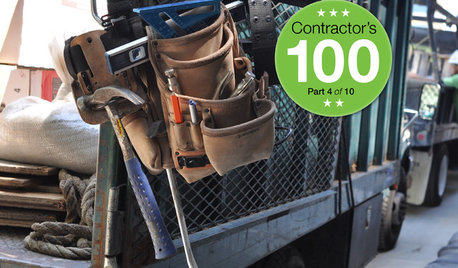
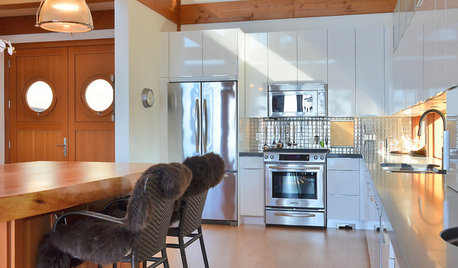
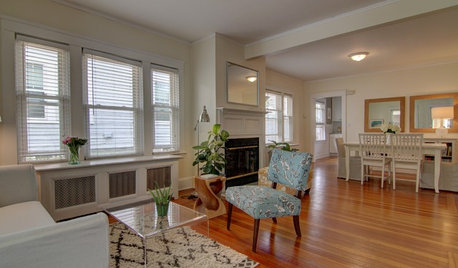
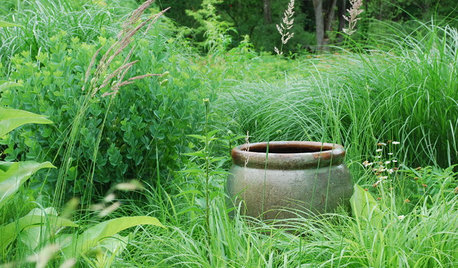
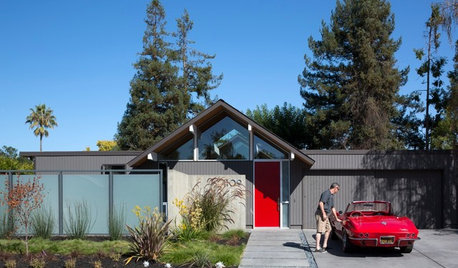
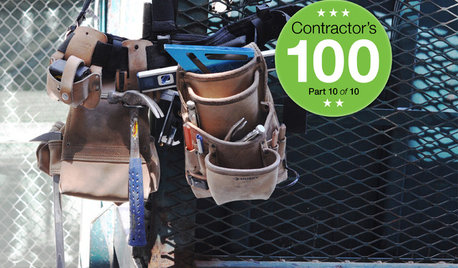

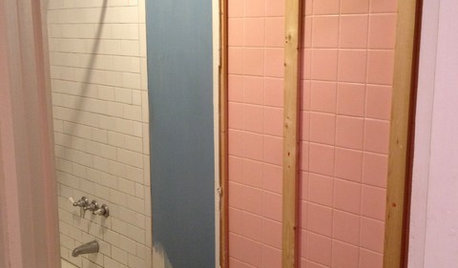




bugsb
azponderOriginal Author
Related Discussions
My EarthTainer Project - Mistakes Made / Lessons Learned
Q
Sad Roofing Lesson Learned
Q
Lesson(s) you've learned this year (2015)
Q
I need to be, to the point with my contractors. Lesson learned!
Q
philips
bugsb
okpondlady
goldenpond